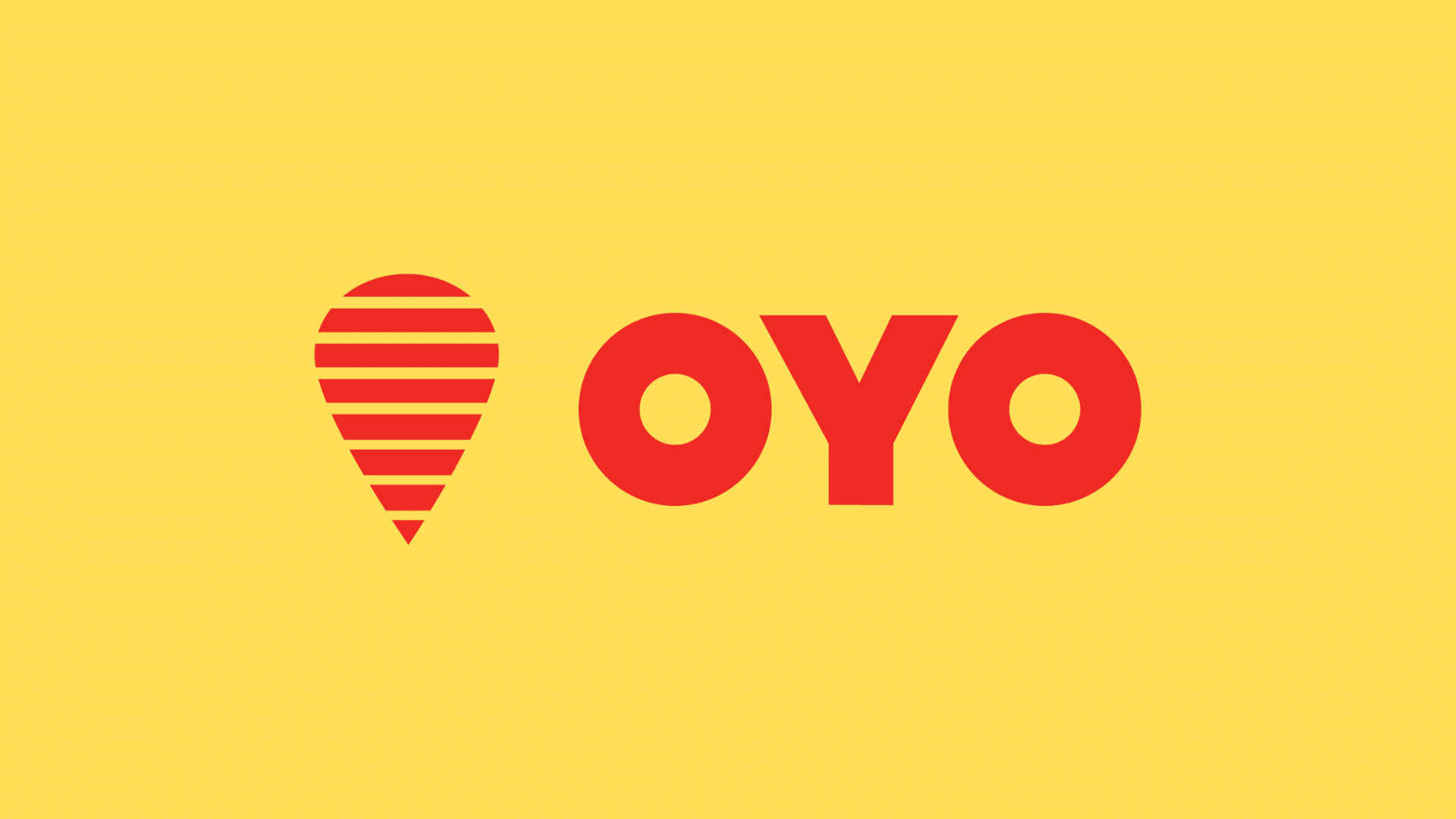Welcome to the digital age, where social media isn’t just a platform for connecting with friends and sharing memes; it’s a powerful tool for brands to reach their target audience. But here’s the twist – not everyone in the digital world is the same. Each generation brings its own unique preferences, habits, and quirks to the social media table.
From the tech-savvy Gen Z to the family-focused Gen X, and the trendsetting Millennials in between, understanding how different generations engage with social media is key for any brand looking to make a splash in the digital realm. It’s like speaking different languages to connect with your audience effectively.
The Generational Divide
Get ready to understand the world of social media trends across generations and learn how businesses can adjust their strategies to connect with a diverse and always-changing audience. But to effectively engage with your audience on social media, you must first understand the generational breakdown:

Baby Boomers (1946-1964)
- Often referred to as the “Facebook generation,” Baby Boomers have embraced this platform for staying connected with family and friends.
- They appreciate content that is straightforward, informative, and nostalgia-driven.
- Brands should focus on providing value, reliability, and clear messaging when targeting Baby Boomers.
Generation X (1965-1980)
- Gen Xers are active on social media, primarily Facebook and LinkedIn.
- They appreciate content that balances humor, authenticity, and professionalism.
- Brands should prioritize engaging, relatable content that addresses their unique life stage concerns.
Millennials (1981-1996)
- Millennials are the social media pioneers, with a strong presence across platforms like Instagram, Snapchat, and Twitter.
- They seek authenticity, personalization, and social responsibility in brand messaging.
- Brands should focus on storytelling, user-generated content, and aligning with social causes.
Generation Z (1997-2012)
- Gen Zers are true digital natives, gravitating toward platforms like TikTok and Instagram.
- They value creativity, interactivity, and a sense of belonging.
- Brands should harness the power of short-form video, interactive content, and community-building.
Framing Strategies for Each Generation

Baby Boomers
- Educate and Inform: Share informative content, how-to guides, and articles that resonate with their interests.
- Leverage Nostalgia: Utilize throwback images, videos, and references to evoke a sense of nostalgia.
- Simplify User Experience: Ensure your website and social media profiles are user-friendly and accessible.
Generation X
- Balanced Content: Blend humor and professionalism in your messaging, making it engaging yet informative.
- Email Marketing: Gen Xers still prefer email for communication, so consider personalized email marketing campaigns.
- Highlight Experience: Showcase testimonials and case studies to build trust in your brand’s expertise.
Millennials
- Authentic Storytelling: Share behind-the-scenes stories, employee experiences, and user-generated content.
- Social Responsibility: Align with causes and demonstrate your commitment to making a positive impact.
- Influencer Partnerships: Collaborate with micro-influencers to reach a highly engaged Millennial audience.
Generation Z
- Short-Form Video: Create TikTok or Reels content that is creative, entertaining, and aligns with Gen Z values.
- Interactive Features: Polls, quizzes, and challenges encourage participation and engagement.
- Online Communities: Foster a sense of belonging through forums, groups, or Discord servers.
The Importance of Adaptation
Social media trends are ever-evolving, and what works today might not work tomorrow. Therefore, it’s essential to continuously adapt your strategies to align with the changing preferences of each generation. Regularly analyze data and gather feedback to fine-tune your approach.
Remember that while generational characteristics offer insights, individual preferences vary widely within each group. Conducting audience research and A/B testing can help refine your strategies even further.
Case Studies: Brands Nailing Generational Engagement
Let’s explore a few brands that have successfully tailored their social media strategies to connect with different generations:
1. Titan Company

The Challenge: Titan, a renowned Indian watch and jewelry brand, faced the challenge of appealing to both older, traditional consumers and younger, trend-conscious buyers.
The Strategy: Titan adopted a two-pronged approach. They continued to offer classic designs and craftsmanship to cater to older generations while simultaneously introducing trendy collections for the youth.
The Result: Titan successfully bridged the generation gap. Their diversified product range, combined with effective marketing, ensured they remained a go-to brand for consumers of all ages.
2. Amul

The Challenge: Amul, a beloved dairy brand in India, needed to stay relevant among younger consumers while retaining its nostalgic appeal for the older generation.
The Strategy: Amul leveraged its iconic ‘Amul Girl’ mascot and catchy topical ads to evoke nostalgia. Simultaneously, they introduced innovative dairy products like flavored milkshakes and probiotic beverages, targeting health-conscious millennials.
The Result: Amul’s clever blend of nostalgia and innovation garnered multi-generational appeal. Their sales surged among both older loyalists and new, health-conscious consumers.
3. OYO

The Challenge: OYO, an Indian hospitality startup, faced the challenge of addressing the accommodation needs of both budget-conscious travelers and luxury-seeking guests.
The Strategy: OYO diversified its offerings, providing a range of lodging options, from budget-friendly stays to upscale hotels. They used data-driven insights to personalize recommendations for each guest.
The Result: OYO became a versatile choice for travelers of all ages and budgets. Their data-driven approach ensured tailored experiences, resonating with various generations.
In Conclusion
Understanding the social media trends by generation is not just about demographics; it’s about catering to distinct digital behaviors and preferences. Brands that take the time to adapt their strategies and create personalized, engaging content for each generation will undoubtedly reap the rewards of a more loyal and enthusiastic audience.
Also Read: Brand Finance Unveils Top 100 Most Valuable Food Brands
















